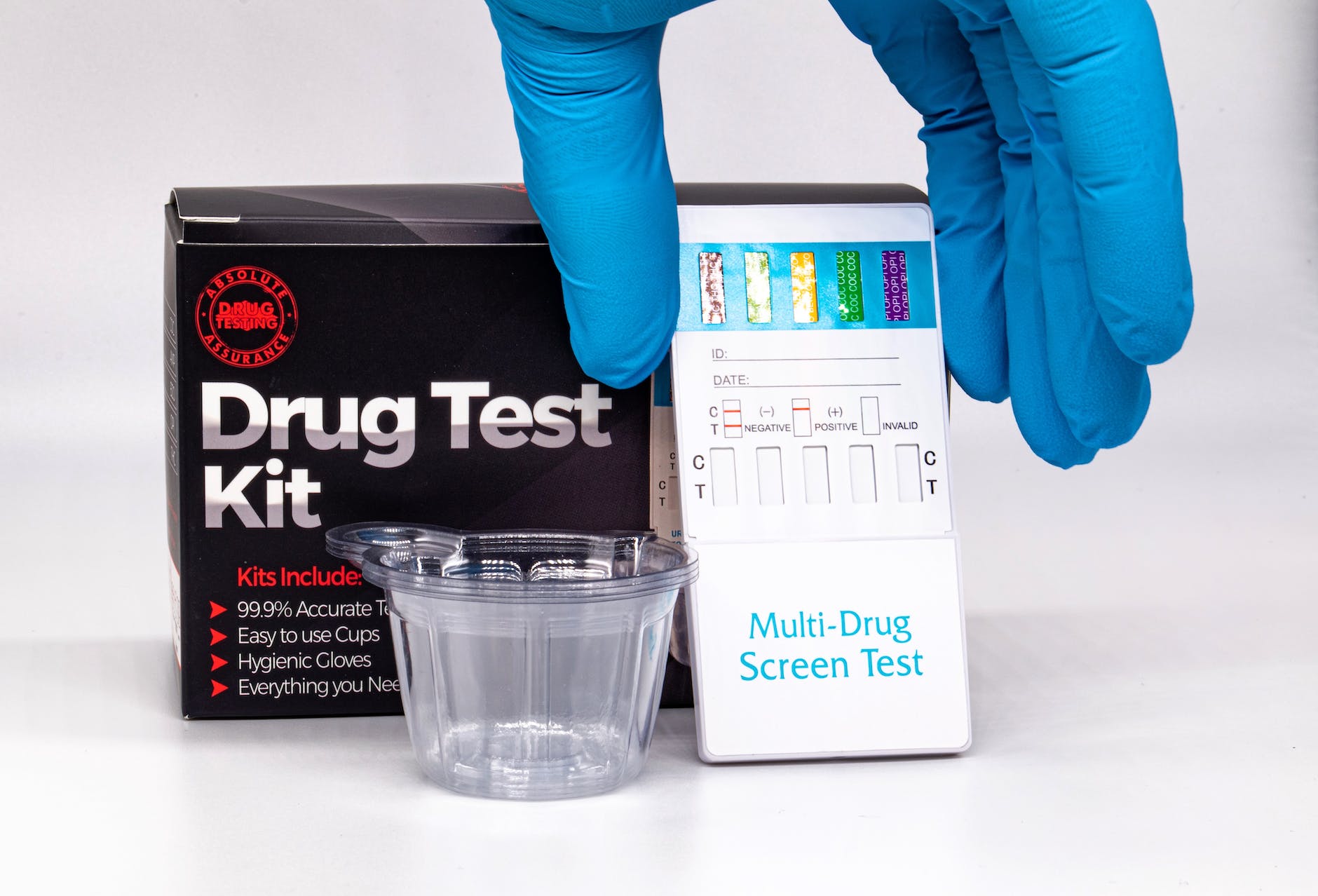Drug Discovery
The Intricate Art of Molecular Docking: Unlocking the Secrets of Drug Discovery

Welcome to our blog, where we delve into the fascinating world of molecular docking! In this post, we will explore the concept of molecular docking and its invaluable role in modern drug discovery.
What is Molecular Docking?
Molecular docking is a computational technique that plays a vital role in identifying and designing potential drug candidates. It involves predicting how a small molecule (such as a drug) interacts with a target macromolecule (typically a protein) at the atomic level. By simulating the binding process, molecular docking helps researchers understand the strength, specificity, and potential therapeutic effects of a drug-protein complex.
Unveiling the Process
The process of molecular docking can be broken down into several key steps:
- Target Selection: Identifying the protein or macromolecule of interest is an essential first step in the docking process. This could be a protein associated with a particular disease or a protein involved in a critical cellular function.
- Ligand Preparation: The small molecule, or ligand, must be prepared for docking. This involves optimization of the ligand’s structure, as well as any necessary modifications to enhance its binding affinity.
- Grid Generation: A three-dimensional grid is generated around the target protein, representing the possible binding sites. This grid helps in the efficient exploration of potential ligand binding orientations.
- Scoring and Ranking: Docking algorithms evaluate multiple ligand conformations, calculating their scores based on factors such as shape complementarity, electrostatic interactions, and van der Waals forces. The obtained scores help in ranking the ligands according to their binding affinity.
- Analysis and Visualization: Post-docking analysis involves examining the predicted ligand-protein interactions, identifying key binding residues, and assessing the stability and feasibility of the docking pose. Visualization tools aid in understanding the complex three-dimensional interactions.
Significance in Drug Discovery
Molecular docking has revolutionized the drug discovery process by significantly accelerating the identification of promising drug candidates. Here’s why it’s a game-changer:
- Cost-Efficiency: Docking reduces the need for traditional high-throughput screening methods, saving time and resources by narrowing down the pool of potential compounds.
- Target Validation: Docking helps in validating the target protein’s role in a disease, allowing researchers to better understand the underlying biology and design targeted therapies.
- Lead Optimization: Docking enables medicinal chemists to modify and optimize existing compounds to enhance their binding affinity, selectivity, and pharmacological properties.
- Virtual Screening: Large databases of molecules can be screened virtually, prioritizing them for further experimental validation, thus expediting the drug discovery process.
- Polypharmacology: Docking aids in identifying compounds that can potentially target multiple proteins or pathways, opening up new avenues for the treatment of complex diseases.
Future Directions
As computational power and algorithms continue to advance, molecular docking holds immense potential for future drug discovery endeavors. With the ability to incorporate more accurate solvation models, consider protein flexibility, and account for water molecules’ presence, the accuracy and reliability of docking predictions are steadily improving.
In conclusion, molecular docking has emerged as a powerful and indispensable tool in the field of drug discovery. Its ability to predict and optimize the interactions between small molecules and target proteins paves the way for the development of safer, more effective therapeutic agents. By harnessing the essence of molecular docking, scientists can continue to unlock the secrets of nature’s molecular machinery for the betterment of human health.
Stay tuned for more exciting insights into the world of science and technology on our blog!
Note: This blog post is for informational purposes only and should not be considered as medical advice. Always consult with a qualified healthcare professional for any medical concerns or queries.







